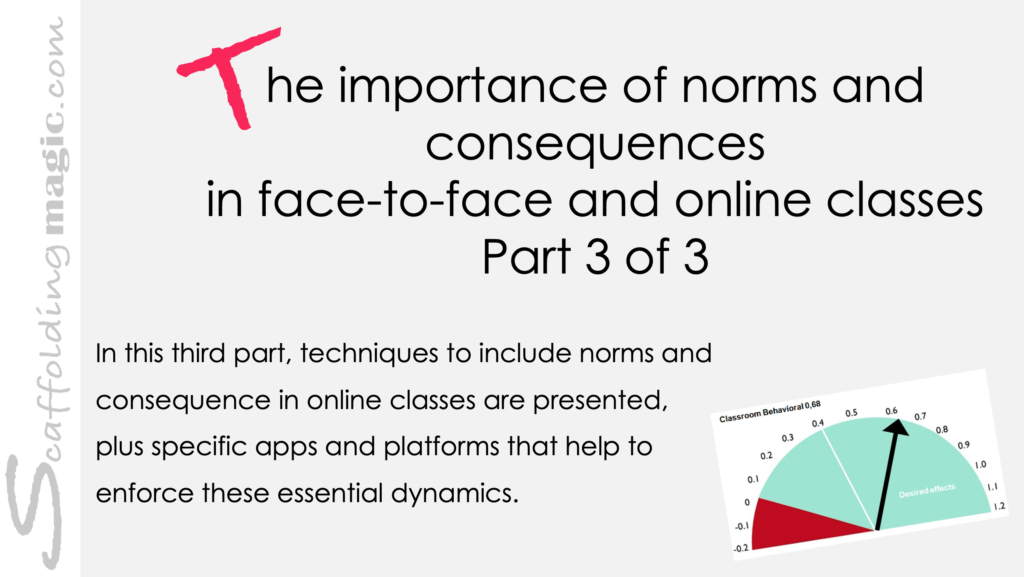
Download PDF of blog here.
Different models of online classes
In Part 2 of 3, we discussed the importance of routines and how they strengthen the affective domain – how the brain is wired to process information only when it registers a positive exterior environment. We saw how if, instead, the limbic system (the emotional centre of the brain) registers negativity, new knowledge is blocked from passing to the frontal cortex. Routines and procedures help to create a fluid learning environment which in turn gives a ‘green light’ to information passing fluidly through the brain. We continue Part 3 of 3 with ideas to create norms and consequences for online classes, through specific apps and digital platforms
One of the challenges during the past two years has been finding a comfortable balance in face-to-face, online classes and hybrid classes. The uncertainty is what is most unsettling. Depending on the day, week or month, we are expected to adapt our lessons to a wide spectrum of the physical or digital attendance of our students. Aside from adjusting all educational methods to this often uncomfortable fluidity of what has now become our educational reality, we also are struggling to adapt those techniques that promote learning. With nervous students and parents, this mostly has to do with creating a strong affective domain in the physical and/or digital environment.
One classroom element that has needed the most attention has been establishing appropriate online behaviour. Without clear norms and consequences, the digital platform becomes a battlefield and we all know by now, that with their technological savy, our students usually win!
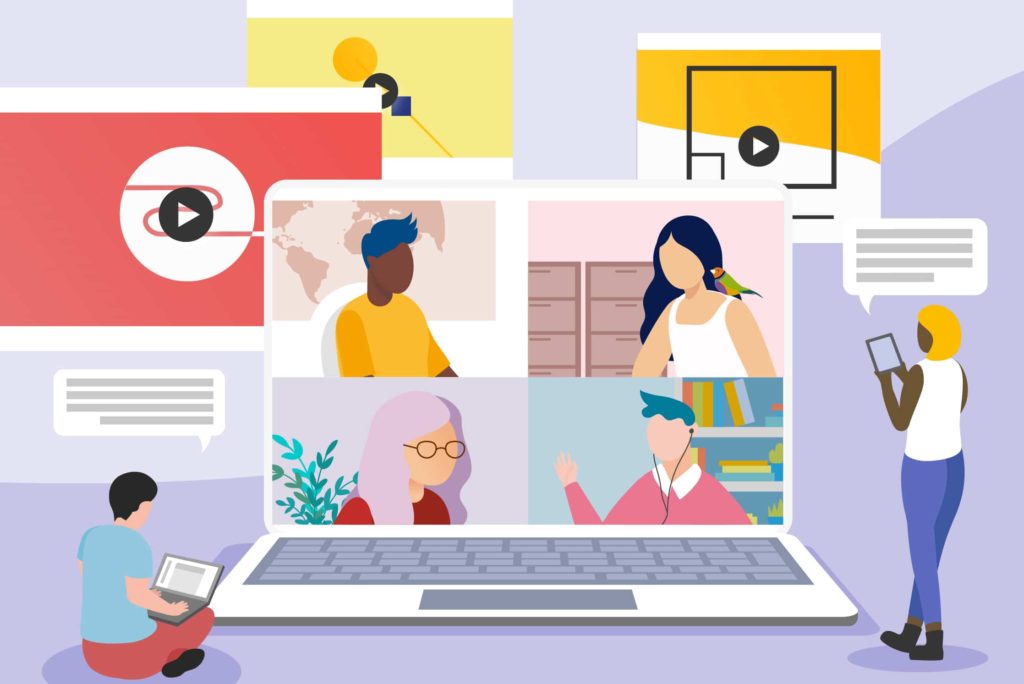
I
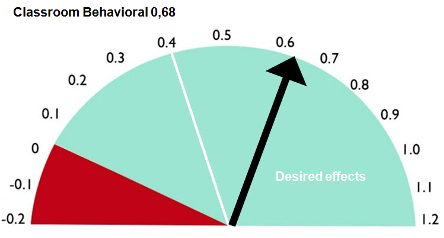
If you are familiar with John Hattie’s studies, classroom behavioural has an effect size of 0,68, which means that it has an exceptionally strong influence on learning. If we needed any confirmation at all, these studies affirm the need to be exceptionally proactive in outlining and practising appropriate online interactions.
And yet….how in the world do we transfer classroom practices to an online platform? Our practiced ‘teacher stare’ is not going to have the same effect in our online classes. Neither will the trick of standing in front of the class, exuding waves of energy, and waiting for our students to quiet down.
But no fear. We have solutions for you. As always! Through positive reinforcement, there are powerful ways to create a healthy and effective learning environment designed for the digital environment. Ready? Start taking notes!….
Our ideal digital classroom
Reflection is our most powerful tool. If you can reflect, for a moment, on your ideal digital lesson, you can make it happen. Think about this:
- If we envision our ideal class, we then
If we can envision our ideal class, we then
co-create norms
with our students to make our ideal classroom a reality. We then
practice
the norms agreed on by all, and finally. We
enforce consequences
if our students choose to stray from the norms.
Sound good?
So…we have faith that you’re busy reflecting, but in the meantime, we’re going to propose some norms and consequences that might help you. The goal of these are not to control our students, but rather to optimize the time we have with them. When we co-create these norms and consequences, we are generating a community where everyone feels necessary, valued, seen and heard.
See if the following would help this to happen:
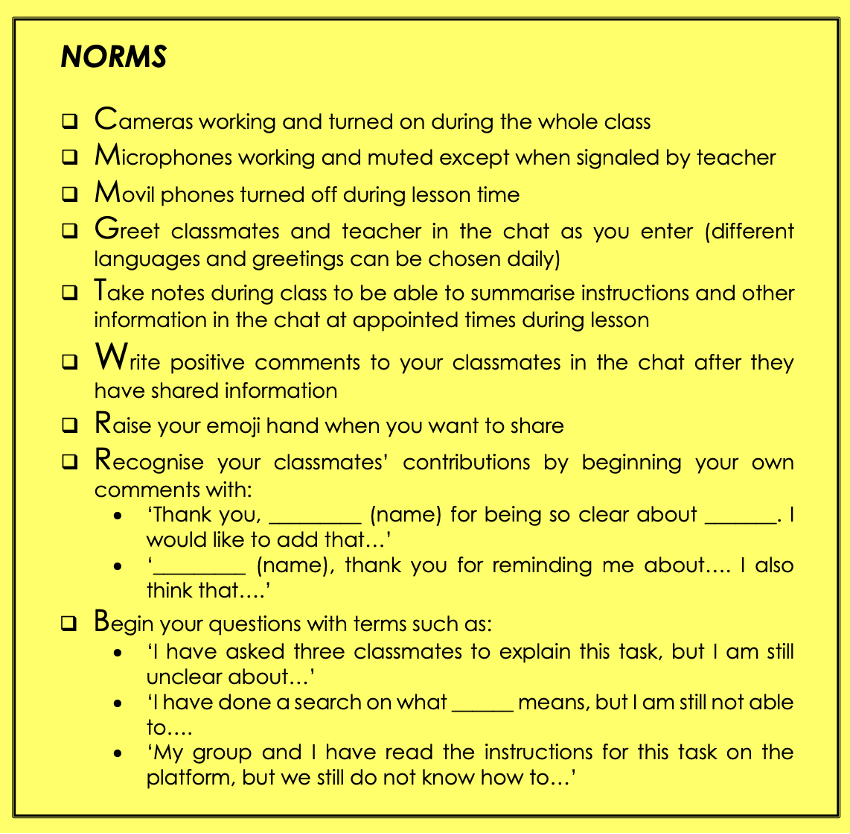
What other norms would you like to establish in your lessons?
And if students choose different actions than the norms they agreed to? What consequences are you comfortable giving them? How about the following:
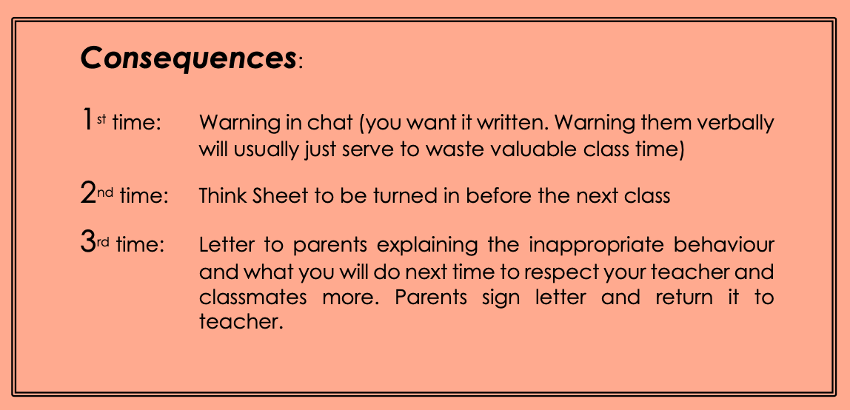
When all these are clearly outlined, modeled and followed by all the members of the class, students know they are in a place that they can trust, their limbic system registers positive messages, and information flows into the brain more easily and effectively. (See Part 2 of 3)
Digital creation and practice of norms and consequences
And what about the digital resources we promised you? Don’t worry. We haven’t forgotten and you’re going to love these!
To create the norms and practice them, you can use the following novice-friendly and dynamic sites.
vocaroo.com
In groups, students make a list of norms and consequences they believe are appropriate and upload their list verbally – in English. Each group then listens to all contributions and make comments on whether they agree or disagree with the other lists,

screencast-o-matic.com
Same as above, but this time recording a video. All students in each group need to participate in one way or another.

www.techsmith.com/screen-capture.html
Use the free version of Snagit to record a panoramic (moving) image of a PPT or other document with the list of norms and consequences created by the groups. Just as above, each group reads the panoramic image uploaded to the class’ platform and share opinions.
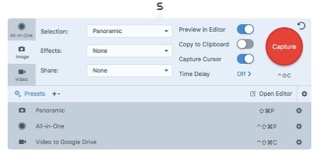
wordwall.net
Create one roulette wheel on Wordwall with different possible norms and another one for different possible consequences. Groups ‘play’ together to decide which they feel are most appropriate.

wakelet.com
Upload several versions of norms and consequences on Wakelet and groups work together to assess them and create their own according to what they believe is appropriate. They add comments to the bottom of the documents uploaded by other groups.

So how is that for a bucket-full of resources you can use to get your students involved, engaged, and acting with more agency and investment in their learning environment?
In the end, it’s vital to practice the norms you all agree on. Norms are routine and routines create predictable and structured lessons that make online classes more productive. Routines typically foster a calmer environment. The students know what’s coming, enabling them to fully focus on the learning material. Think about it this way: you’re doing everyone a favour by insisting on them!
So that’s a start to using digital resources to co-create the all-important norms and consequences in your online classes.
See you again soon for more! In the meantime…please share the changes you see in your students as become more positively active in the classroom!!
Resources
- CLIL Training Guide: Creating a CLIL Learning Community in Higher Education
- Daily routines
- The importance of routine in education
- 32 Classroom Routines every teacher needs
- Hattie, John Visible Learning
- Positive Discipline, Jane Nelsen
- scaffoldingmagic.com A website dedicated to providing dynamic and innovative activities that will help student to transition into new information.
- The Comprehensive Guide to Creating Phenomenon-Based Learning Projects The steps to create multi-cultural, interdisciplinary and collaborative projects.
- The First Day of School, Wong, Harry
- Teacher Training Videos Videos that teach how to use the most useful educational
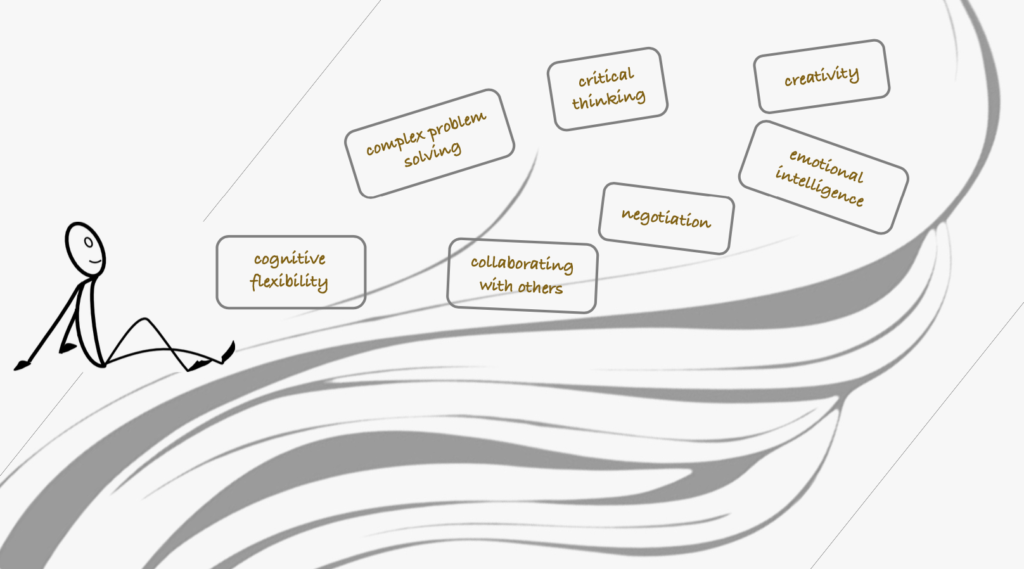
Scaffoldingmagic.com is your entryway into DYNAMIC bilingual learning methodologies, such as Phenomenon-Based Learning, CLIL, EMI, and ESL. You’ll find ways to implement critical thinking tools (DOK) to promote higher level thinking, the growth mindset, instill an ethic of excellence, deep reflection on learning, and all through multi-cultural, interdisciplinary activities. We have the keys to turning competences into action and to creating collective efficacy in your school so you move ahead as a unified, enthusiastic team.